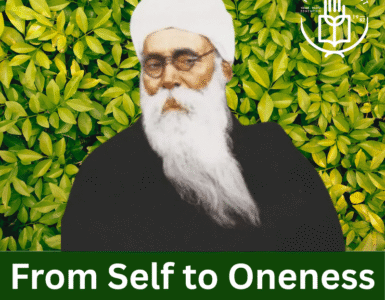Sikhism – A Practical Religion
Sikhism is a practical religion—a faith of hope and optimism. Its ideals are influenced by many of humanity’s more progressive elements. It shows mankind how to lead a worthy and valuable life in this materialistic world by adhering to human values and having faith in one God.
Women are as capable as men and have equal rights
Following the teachings of the First Master of Sikhs, Sri Guru Nanak Dev Ji, women have equal status to men and are regarded as a significant part of the community.
So kiou mandaa aakhee-ei Jitt(u) jameh(i) raajaan.
(SGGS Ang 473)
Translation: Why should we look down upon women who have given birth to the prophets, saints, sages, kings, etc.
The Sikh faith holds that women are as capable as men of all social obligations. As per Sikh Faith,
- The womanl receives the utmost reverence for her role in family and society.
- The birth of a daughter is not considered inauspicious, nor does there exist any custom like Sati—the burning of the widow with her husband’s body on the funeral pyre.
- Instead, a widow has a right to remarry if she so desires.
- Sikh women do not wear veil (Purdha/ Ghunghat).
- Dowry is not permitted.
- Women are eligible to participate and perform in all ceremonies, including Baptism:
A Sikh woman is considered to have the same soul as a man. She has an equal right to grow spiritually, attend religious congregations, and recite divine hymns at the Gurdwara (Sikh Temple).
Nanak bhandd-ei baahraa Eko Sacha so-e.
( SGGS Ang 473)
Translation: All living creatures are born of a female, and the only one, not thus born, is He alone, the Divine Lord.
















Add comment